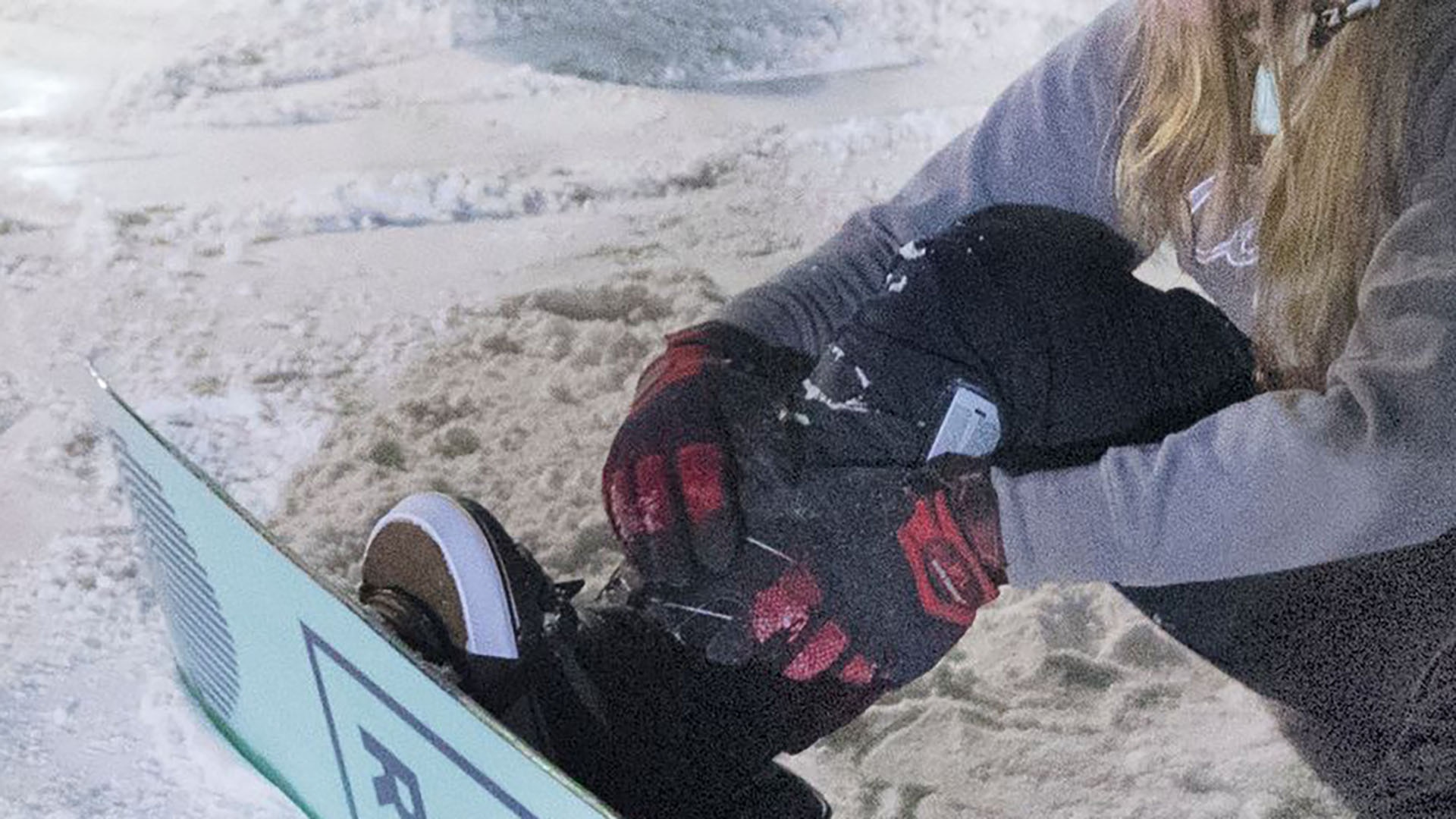Snowboards

The boards used in freestyle events (halfpipe, slopestyle, big air) are short to allow for tricks, wide to increase balance, and flexible to allow the boarder to ride in either direction. The nose and tail of the board are both curved upwards to allow take-off and landing in both directions.
Parallel giant slalom boards are stuff and narrow, making them ideal for maneuvering through gates at high speeds. They are generally longer than a normal snowboard and feature a square back and low nose.
The boards used in snowboard cross are somewhat of a mix between the freestyle and alpine snowboards described above, though they usually look more like freestyle boards. Snowboard cross boards are long for carving and stiff for stability.
Boots

Most freestyle snowboarders use soft boots, which allow a large range of motion and offer foot and ankle support. Alpine snowboard boots also provide foot and ankle support, but have a hard plastic exterior.
Boots used in snowboard cross tend to be more of a hybrid — they are stiffer than freestyle boots, but not as hard as alpine boots. Some snowboard cross racers do opt to wear hard racing boots though.
Bindings

Freestyle snowboarders use flexible bindings to attach their feet to their board. In this scenario, the rider is using straps to secure their boots. Alpine snowboard bindings are similar to those used in Alpine skiing — the hard boot is firmly locked to the board.
In snowboard cross, the type of bindings used depends on the boot. A racer who uses soft boots would use flexible bindings, while a racer with hard boots would use bindings that secure them firmly to the board.
Helmets

All snowboarders are required to wear hard plastic helmets to prevent head injuries.
Goggles

Goggles are worn to improve visibility and protect the rider's eyes from snow, wind and sun. Lenses come in a variety of tints, with different tints being better-suited for particular weather and visibility conditions.


